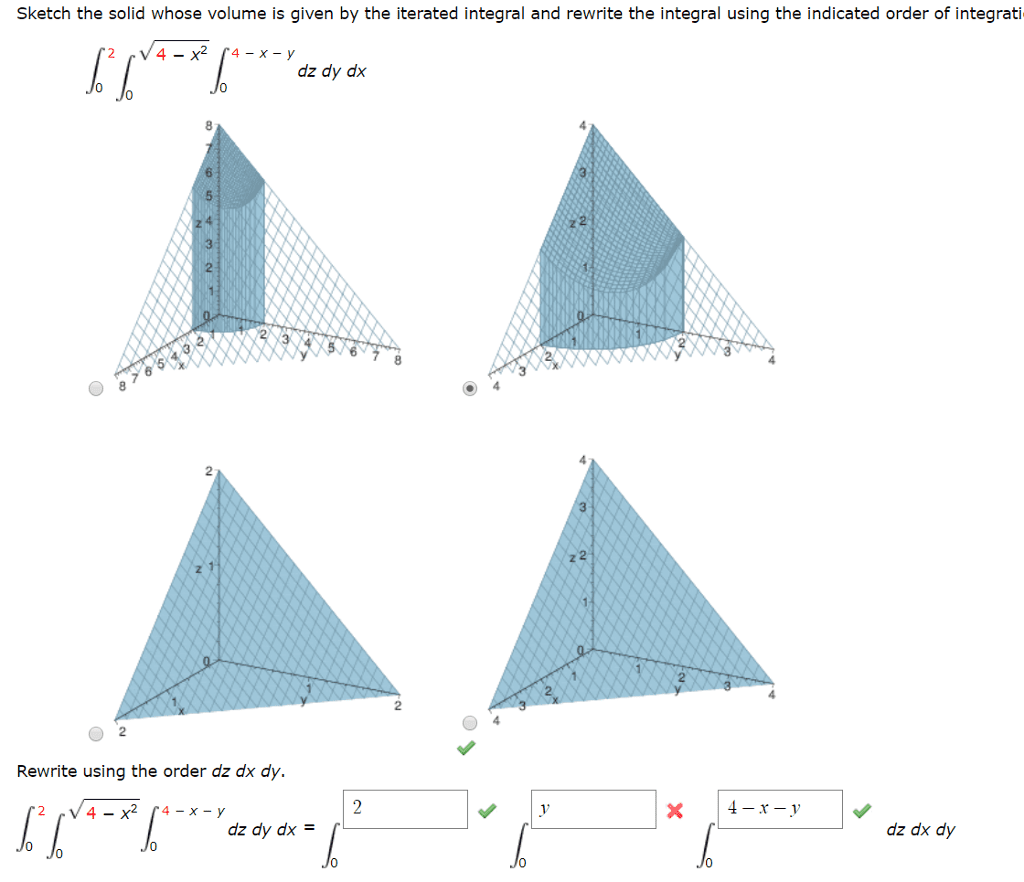kheriand10
KH "GB"
0 Followers
0 Following
0 Helped
kheriand10Lv2
29 Apr 2023
Answer: 9
kheriand10Lv2
29 Apr 2023
Answer: 9
kheriand10Lv2
29 Apr 2023
Answer: 9
kheriand10Lv2
29 Apr 2023
Answer: 9
kheriand10Lv2
29 Apr 2023
Answer: 9
kheriand10Lv2
29 Apr 2023
Answer: 9
kheriand10Lv2
29 Apr 2023
Answer: 9
kheriand10Lv2
29 Apr 2023
Answer: 9
kheriand10Lv2
29 Apr 2023
Answer: 9
kheriand10Lv2
29 Apr 2023
Answer: 9
kheriand10Lv2
29 Apr 2023
Answer: 9
kheriand10Lv2
29 Apr 2023
Answer: 9
kheriand10Lv2
29 Apr 2023
Answer: 9
kheriand10Lv2
29 Apr 2023
Answer:
kheriand10Lv2
29 Apr 2023
Answer: r
kheriand10Lv2
29 Apr 2023
Answer: The total assets turnover can be calculated by dividing the ROA by the...
kheriand10Lv2
29 Apr 2023
Answer: The specific heat capacity of water is 1 cal/g°C. This means that it t...
kheriand10Lv2
29 Apr 2023
Answer: A confidence interval is a range of values that is likely to contain t...
kheriand10Lv2
29 Apr 2023
Answer: Python is a popular programming language that was created by Guido van...
kheriand10Lv2
29 Apr 2023
Answer:
kheriand10Lv2
29 Apr 2023
Answer: The correct answer is C. Jordan reveals that Gatsby wants Nick to set ...
kheriand10Lv2
29 Apr 2023
Answer: In chapter 4 of The Great Gatsby, Jay Gatsby is described as a mysteri...
kheriand10Lv2
29 Apr 2023
Answer: Listen actively: Good communication starts with listening. Make sure t...
kheriand10Lv2
29 Apr 2023
Answer: There are three main types of chemical bonding: ionic, covalent, and m...
kheriand10Lv2
29 Apr 2023
Answer: Walk or bike instead of driving or taking public transportation: If yo...
kheriand10Lv2
29 Apr 2023
Answer: Chemical bonding refers to the formation of a chemical bond between tw...
kheriand10Lv2
29 Apr 2023
Answer: a. The probability that a randomly selected male college student gains...
kheriand10Lv2
29 Apr 2023
Answer: Having high emotional intelligence, or high EQ, means that a person ha...





